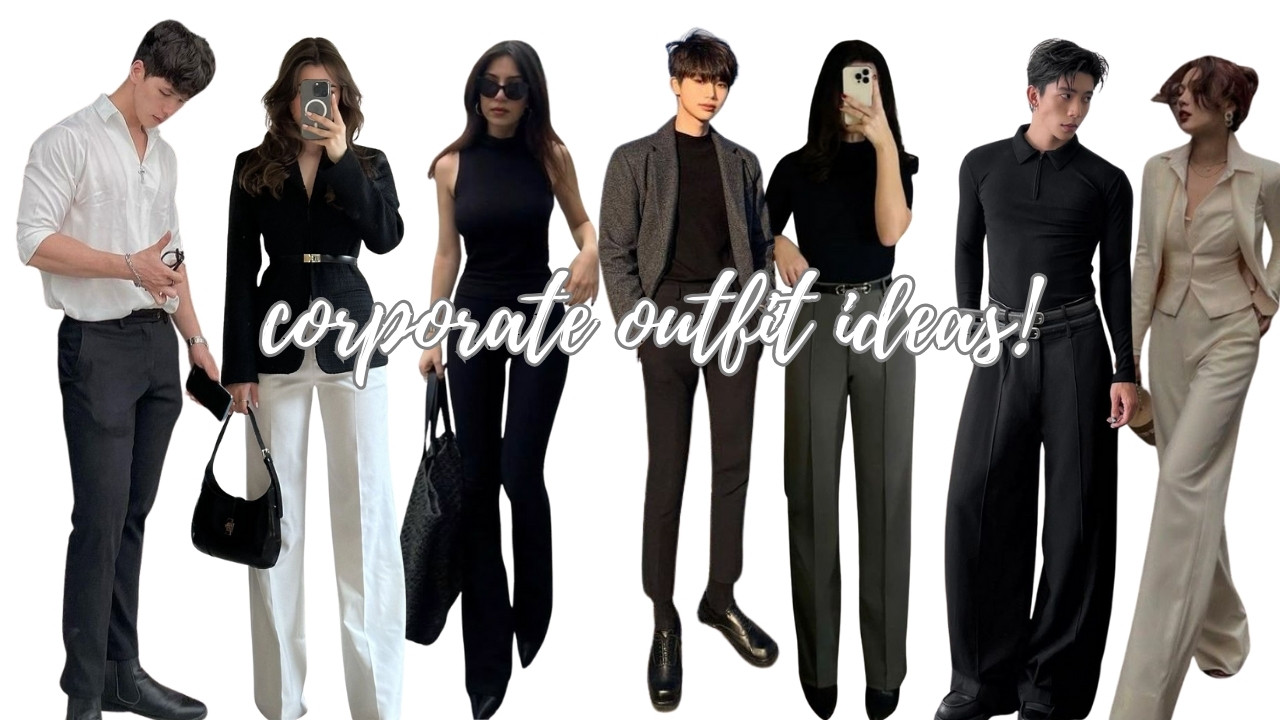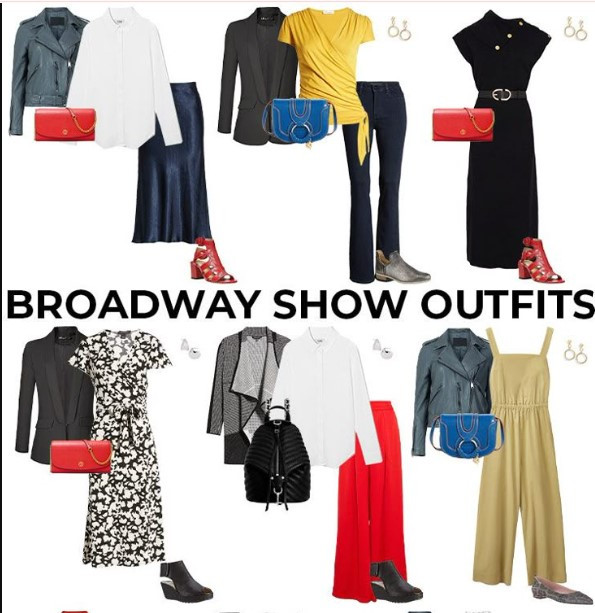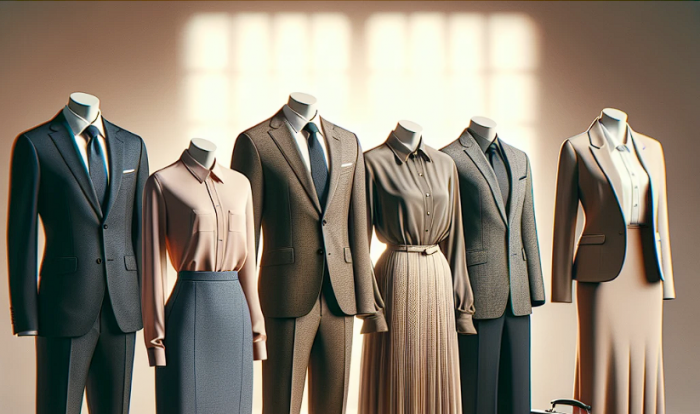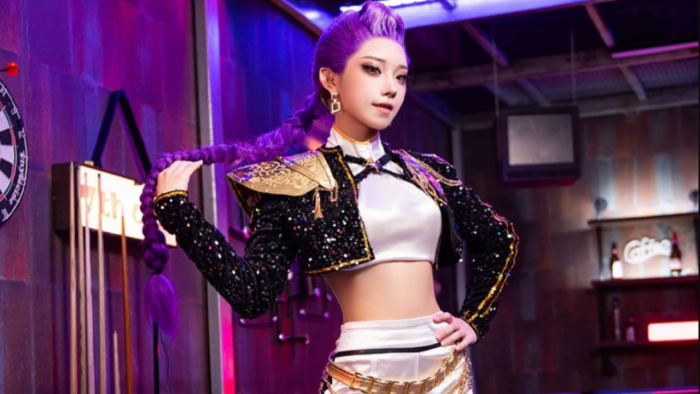What does your outfit say about you at work? In the corporate world, your clothing often speaks before you do. Dressing well isn’t just about style; it’s about credibility, confidence, and respect. Whether you’re walking into a boardroom, pitching to a client, or navigating a hybrid work culture, the right outfit can shape how others perceive you.
In this post, I’ll break down types of corporate wear, outfit rules to follow, styling tips for men and women, and trends shaping 2025’s workplace fashion.
Why Corporate Outfits Matter
Clothing affects workplace performance and perception. A 2015 study published in the Journal of Experimental Psychology found that people who wore formal clothing performed better in abstract thinking and negotiation tasks. Corporate outfits signal authority, trust, and attention to detail.
So the question isn’t just what to wear? It’s how do you use clothing to reinforce professionalism while staying authentic?
Types of Corporate Wear
Corporate dress codes vary by industry and company culture. The three most common categories are:
1. Business Formal
The most traditional form of corporate wear, usually required in law firms, finance, and C-suite roles.
Examples:
- Men: Dark tailored suit (navy, charcoal, or black), crisp white shirt, silk tie, leather Oxford shoes.
- Women: Pantsuit or skirt suit in neutral tones, button-down blouse, closed-toe pumps, minimal jewelry.
Rules: Stick to conservative colors, ensure a perfect fit, and avoid flashy accessories.
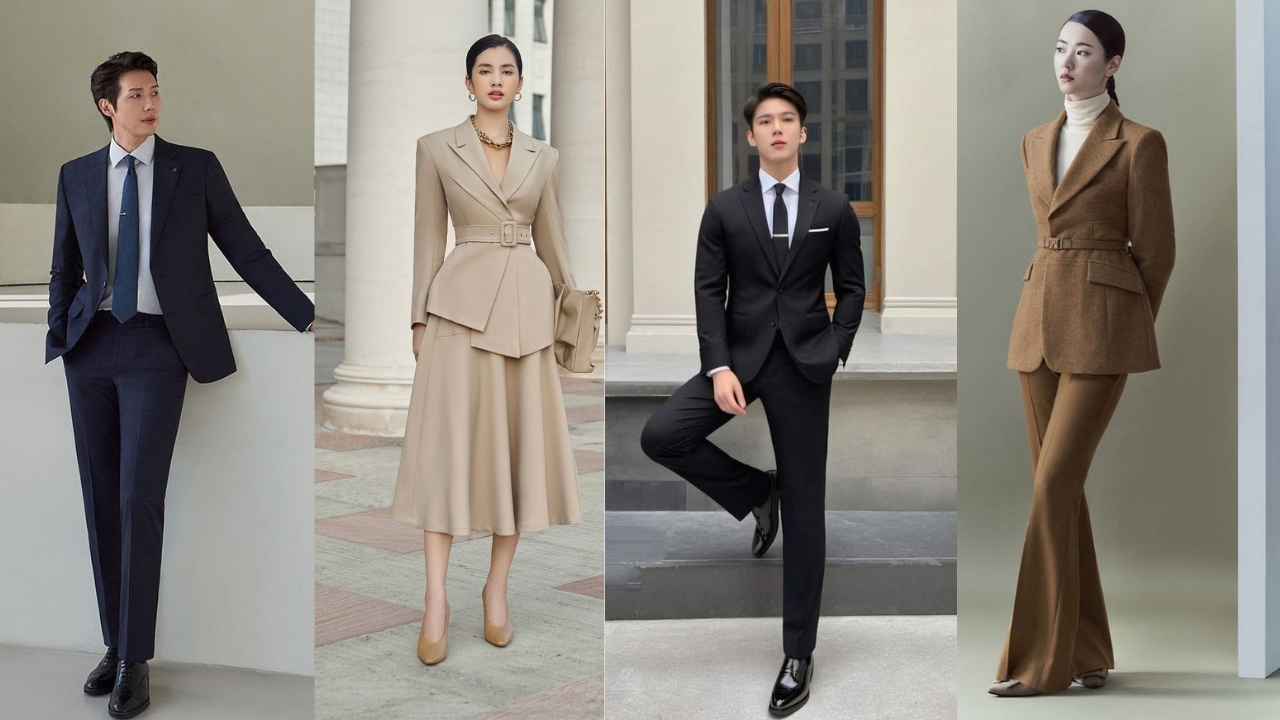
2. Business Professional
Slightly less rigid than business formal but still polished. Common in consulting, education, and client-facing industries.
Examples:
- Men: Grey or navy suit, patterned shirt, subtle tie, leather loafers.
- Women: Tailored dress with blazer, pencil skirt with blouse, or monochrome pantsuits.
Rules: Experiment with light patterns, pastel shirts, or muted accessories, but keep the look sharp.
3. Business Casual
The most common dress code in tech, creative industries, and modern workplaces. It balances professionalism with comfort.
Examples:
- Men: Chinos with a button-down shirt, blazer optional, leather loafers or brogues.
- Women: Smart trousers, midi skirt with blouse, shift dress, or knitwear with tailored bottoms.
Rules: Avoid ripped jeans, overly casual sneakers, or flashy prints.

Corporate Styling Tips
For Men
- Invest in tailoring: A $100 well-fitted suit looks better than a $1000 ill-fitting one.
- Shoes matter: Keep leather shoes polished; they’re often the first thing people notice.
- Keep ties subtle: Solid colors, stripes, or small patterns work best in formal settings.
- Build a capsule wardrobe: Navy, grey, and white are timeless foundations.
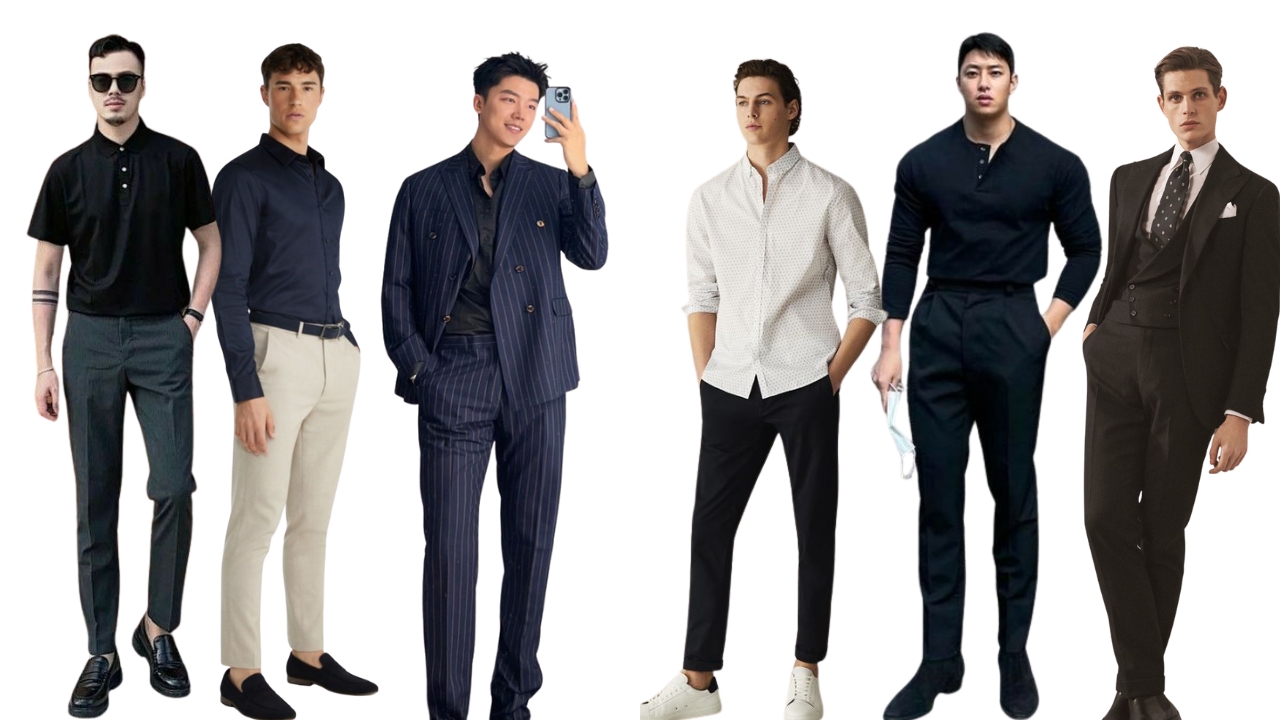
For Women
- Choose quality fabrics: Wool, silk, and cotton blends drape better and last longer.
- Balance color: Add interest with soft hues like burgundy or teal without losing professionalism.
- Opt for versatile shoes: Closed-toe heels, loafers, or pointed flats work across dress codes.
- Mind proportions: Structured blazers, high-waisted trousers, and midi skirts create polished silhouettes.
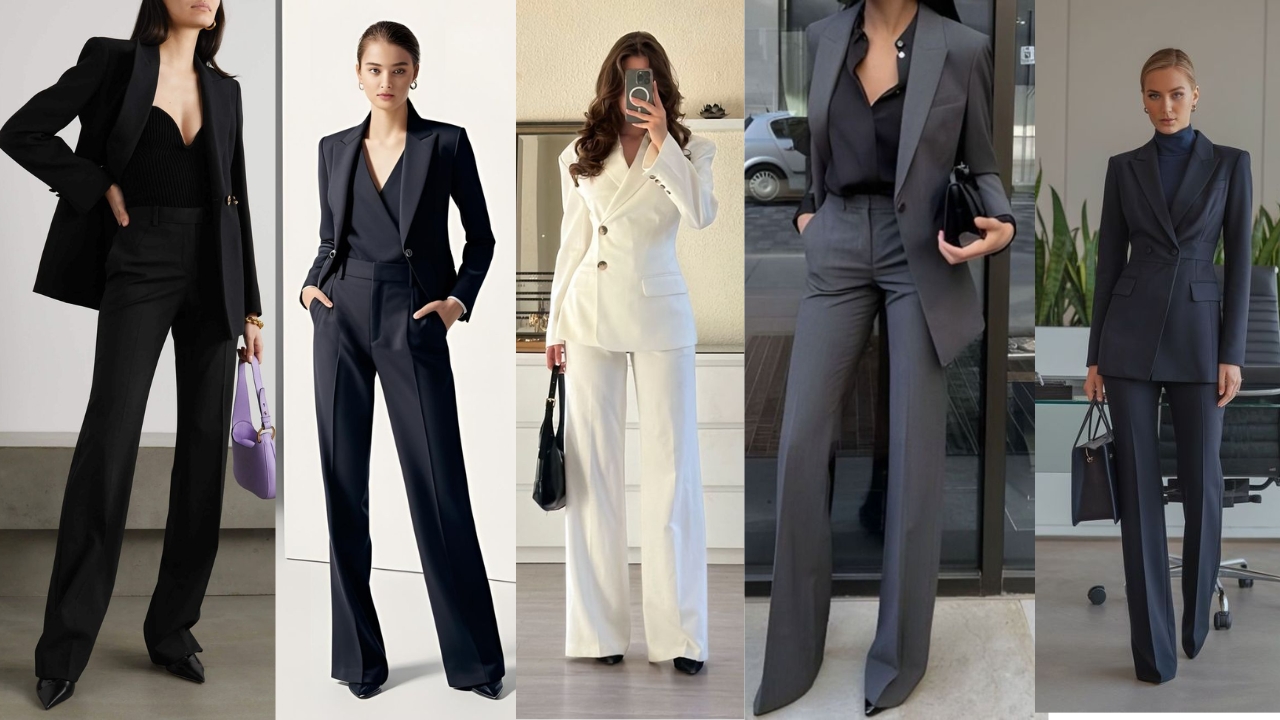
Corporate Outfit Trends in 2025
Workwear is shifting as offices embrace hybrid schedules and a new generation enters leadership roles.
- Relaxed tailoring: Oversized blazers and wide-leg trousers are replacing ultra-skinny fits.
- Sustainable fabrics: Eco-conscious brands offering recycled wool, organic cotton, and plant-based leather are in demand.
- Smart casual hybrid: Mixing blazers with sneakers, or dress pants with knit polos, is becoming mainstream.
- Gender-fluid styling: More brands are producing suits, shirts, and accessories without strict gender labels.
- Tech-driven wear: Wrinkle-resistant fabrics, stretch suits, and anti-odor shirts support long office days and travel.
Common Mistakes to Avoid
- Wearing clothes that don’t fit: sloppy tailoring undermines professionalism.
- Over-accessorizing: loud watches, chunky jewelry, or flashy ties distract.
- Ignoring grooming: pressed clothes, neat hair, and clean shoes matter as much as the outfit.
- Confusing casual with careless: business casual is not jeans and hoodies (unless your workplace allows it).
Building a Reliable Corporate Wardrobe
Start with timeless essentials, then expand:
For Men:
- 2–3 suits in navy, grey, and charcoal
- 5–7 dress shirts (white, light blue, striped)
- Leather belt & shoes in black and brown
- Ties in neutral shades
For Women:
- 2 tailored blazers (black and grey/navy)
- 2 pairs of tailored trousers and 2 skirts
- 3–4 blouses in versatile colors
- Classic pumps and loafers
- Structured tote bag

Style Meets Professionalism
Corporate outfits are more than uniforms. They’re tools for influence, confidence, and identity in professional settings. Whether you lean toward business formal or business casual, the golden rule is consistency: dress in a way that reflects your role, your company culture, and your personal brand.
In 2025, the trend is clear—professionalism no longer means rigidity. It means an intentional style that communicates confidence and adaptability.
